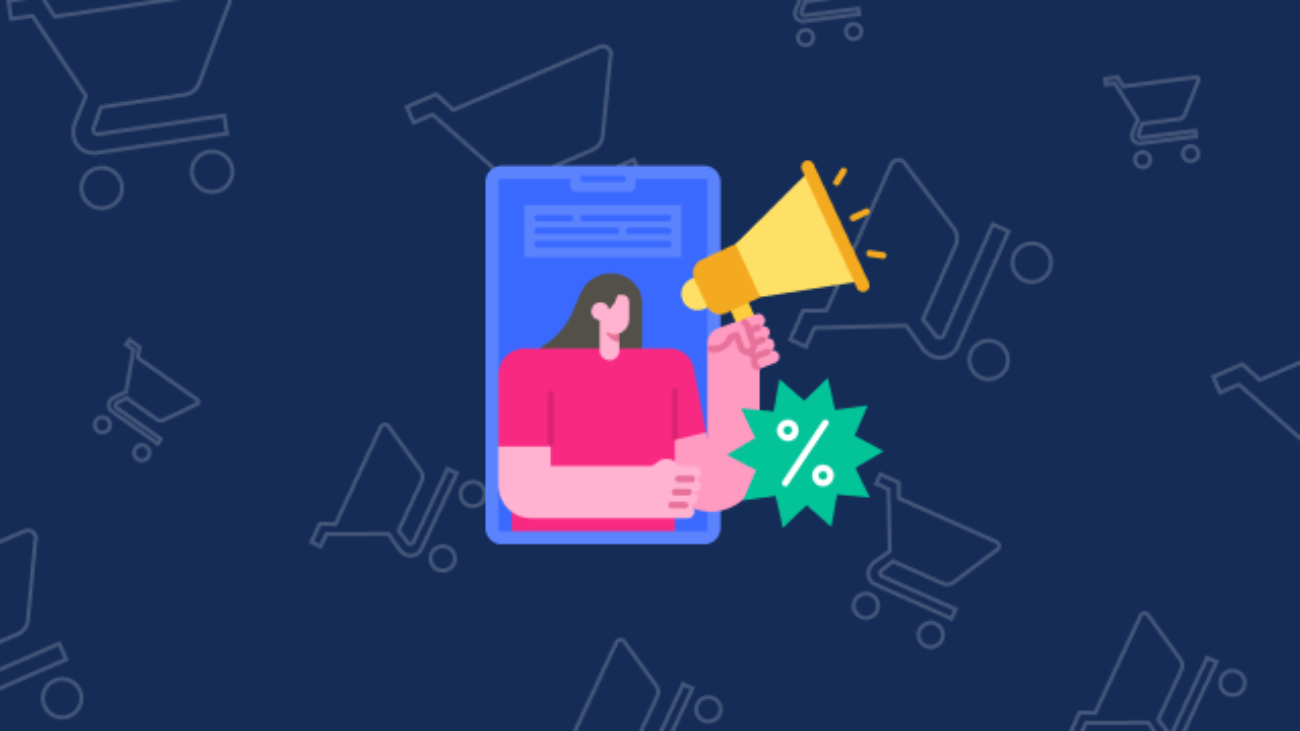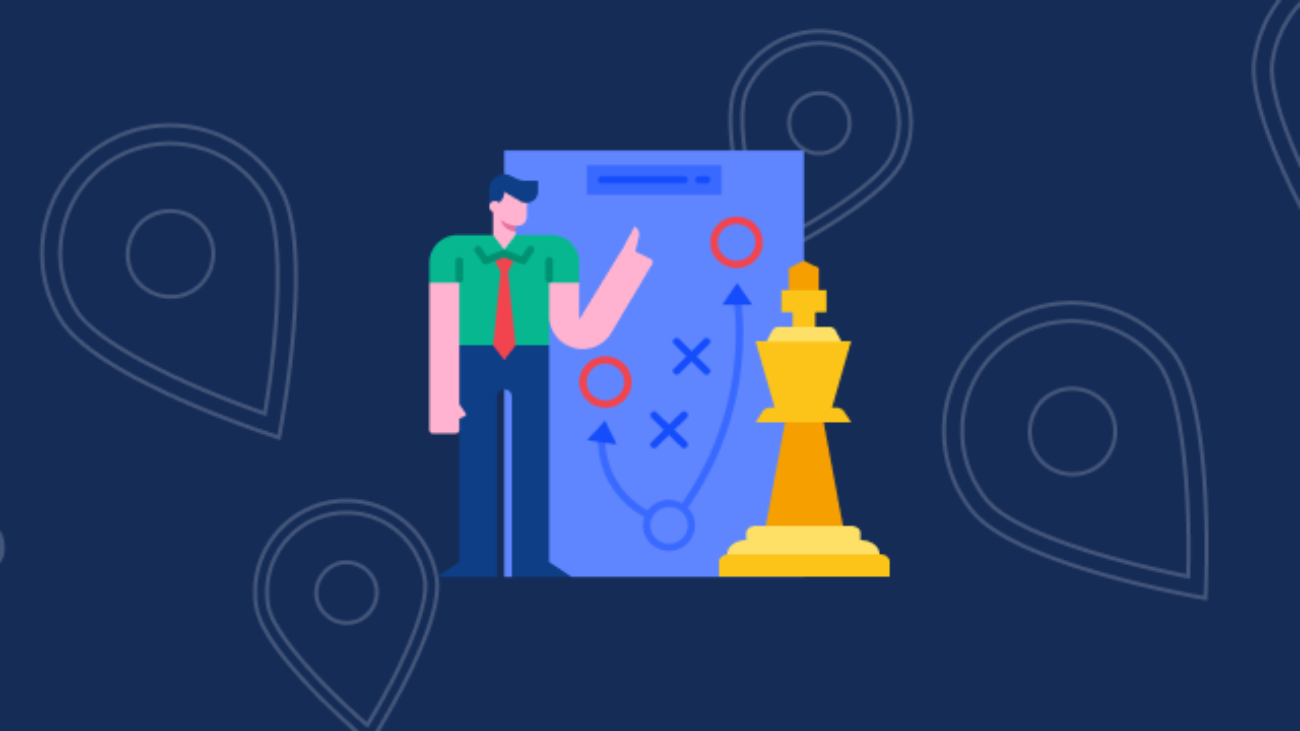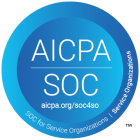“Product-led growth” is the latest trend in B2B SaaS, but is it the end-all solution for driving growth and success? The concept of product-led growth is based on the idea that the self-guided product experience in B2C can be applied in the B2B space. However, relying solely on the product to drive growth may have its limitations in a B2B context.
It’s questionable whether clients in a B2B setting will fully understand the value proposition without support and guidance. The pressure-free, self-directed approach may sound appealing, but it may not result in meeting business goals if clients are not fully engaged and informed.
So, what are the limitations of a product-led growth strategy in B2B SaaS? Is a dedicated sales team really necessary, or can the product truly drive growth on its own? These are the questions that need to be explored to determine the most effective approach for driving growth and success in the B2B SaaS industry.
While product-led growth may be a promising idea, it’s important to critically examine its limitations and determine the best approach for driving growth and success in this context. In this article, we will delve deeper into the limitations of a product-led growth strategy and consider the role of a dedicated sales team in B2B SaaS.
_
Understanding the Value Proposition
Product-led growth is often based on the assumption that customers have a clear understanding of their needs and wants. However, this is not always the case. As demonstrated by the famous iPhone case study, customers may not know what they need until they are guided to the right solution.
Forgoing a professional sales team in favor of product-led growth can be a misstep, as the role of the sales team goes beyond selling the product. The sales team’s main function is to provide product-market fit, offering solutions that the customer may not have considered. The customer’s default journey may not be the most suitable for their needs, and without the guidance of a professional, they may miss out on the best solution for their needs.
People prefer to receive advice from experts, and a well-trained sales team can offer that expertise. However, many sales teams are viewed as less credible due to a focus on closing sales rather than guiding customers to the right solution. An effective sales team must balance both the needs of the customer and the needs of the company, and should be trained to provide expert guidance to customers, helping them make informed decisions.
Automating the Unimportant
It is true that some aspects of the customer journey can be automated, and when managed correctly, automation can even be used as a sales tactic. In the digital age, transparency is highly valued, and customers appreciate the ability to access information such as pricing and product demos without the need for human interaction.
However, it’s important to note that price and product demos are not the only factors that determine the success of a sale. We can assume that most businesses offer competitive prices that align with the level of service they provide, and that this is also true of the competition. Automated product demos, while convenient, cannot be tailored to the specific needs of each customer.
General pricing and product demos demonstrate general competency, but they are not enough to differentiate a company from its competition. This is where the sales team comes into play. Automating the less important aspects of the sales funnel allows the sales team to focus on the mid-funnel and close, which are critical to securing the sale. An effective sales team can provide personalized guidance and expertise that cannot be replicated through automation.
Overcoming Objections
While automating common objections in the sales process can be a helpful tool, it may not work for more significant clients who have specific and complex questions. In such cases, having a precisely trained and experienced sales team proves to be incredibly valuable. Your sales team should not only be able to overcome objections but also understand the unique problems that your clients might face.
A sales team equipped with industry experience is capable of navigating through the deep-level questioning of a client and finding the best product market fit. This is the stage where sales representatives are not just trying to sell but genuinely trying to understand the client’s needs and tailor their product accordingly.
It’s crucial to avoid making the mistake of giving the entire sales process to technology just because it’s a popular buzzword. While there might come a time when this is possible, we are not there yet. While there might be a handful of articles claiming that Gen Z would rather interact with a computer than a human salesman, these statements only hold true if your sales team does not have any new information to offer.
In today’s world of technological advancements, it’s crucial for both your product and sales team to provide value to clients. Your sales team must create a personal touch and provide new and relevant information to encourage long-term business relationships. As technology evolves, so should your sales team to provide both technological and personal value to your clients. To be successful in sales, it’s important to strike a balance between technology and a human touch.
_
Want to learn how to leverage a sales team within a Product-led growth motion? Contact us to book a demo!



